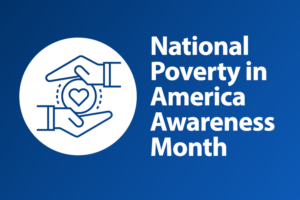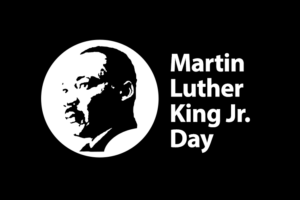Sarah Ford | July 9, 2014
Include ‘Giving Circles’ to Engage Employees in Workplace Giving
By Charisse Browner

The article states, “Groups of people who pool their donations and select beneficiaries together—known as giving circles—have become an attractive channel of philanthropy for women, minorities, and donors under 40.” The study also indicates that “the data show that Americans of African, Asian, and Hispanic descent participate in giving circles at much higher rates than whites: 21 percent for blacks versus 10 percent for white non-Jewish donors, for example.”
As I read through the article with great interest, it reminded me of what I do in my daily work at America’s Charities to help our corporate clients with their employee engagement efforts, and how incorporating Giving Circles as an “additional channel” to a workplace giving program is smart, can increase participation, and promotes greater giving.
Through a company’s CSR efforts, many choose to support certain charities because of the partnerships that were built over a period of time, or even due to the fact the CEO or C-Suite executives are involved in some level with specific charity organizations. This practice is acceptable, ethical, a way to focus the program, adopted by many corporations and supported by many charities. Companies will in turn incorporate their CSR efforts into the employee engagement strategy so that employees can also support the charity organizations too. This in itself creates a Giving Circle.
However, Giving Circles are just the beginning and should not be the only option. While Giving Circles do help people pool their funds together to raise greater dollars for the charity(ies) selected, Giving Circles should not be put into a box as the only way to give so to exclude employees that may not be interested in those particular causes. In other words, the meaning of Giving Circles, as the article states, is a “channel” to consider (like a TV, many channels is the key to utilization and interest).
The article also states, “Giving circles provide an entry point for donors with lower income levels and a desire to become involved in charity work.” This is true, particularly for minimum wage earners that have altruistic desires. One client for example, has a majority workforce of minimum wage, hourly earners who collectively and with impressive generosity, raised more than $200,000 for a single cause. Imagine how great the employees must feel knowing they have made this kind of impact collectively.
Employees that participate in Giving Circles can also become ambassadors for your workplace giving and volunteer program to help other employees learn more about the importance of giving back and most important, learn first-hand through volunteer experiences, why it is important to oneself and the community to be altruistic.
There is no better way to make a philanthropist out of employees than by showing them the impact that a dollar can make through Giving Circles and other channels. It is equally important to involve employees in the planning of the type of engagement program to offer, what it entails, and how it will be implemented into the overall workplace giving program so that all employees are enticed to participate. Who knows better how to reach employees than the employees themselves?
Giving Circles are fantastic, but as mentioned earlier, they are to be used as a “channel” – in addition to other options. Case in point, unknowingly or unconsciously, companies might alienate employees (potential donors) when they focus on just a handful of charities for employees to support. What about the rest of the employees, those who do not want to support the handful of charities selected for them? Those “other” employees are just as valuable when your company is looking to implement a program, increase donor enrollment, or looking to raise more funds for charities. Your program must have options for these employees too for greater diversity and inclusion.
In other words, the adopted workplace giving program can include a Giving Circle (or what we term at America’s Charities, Special Giving Choices) as an “additional channel,” in addition to allowing individuals to give to the charity of their choice if a successful program is the end goal.
To learn more about Giving Circles, consult with experts in the field of workplace giving and employee engagement like America’s Charities so that you are putting together a best practices supported program for optimal employee engagement success.
Get Resources and Insights Straight To Your Inbox
Explore More Articles
Open Position: Customer Service Coordinator (Remote-Part Time)
Position Title: Customer Service Coordinator (Remote – Part Time) Department: Charitable Funds Management Solutions We are a non-profit charitable organization looking for skilled individuals who…
Read ArticleGet Resources and Insights Straight To Your Inbox
Receive our monthly/bi-monthly newsletter filled with information about causes, nonprofit impact, and topics important for corporate social responsibility and employee engagement professionals, including disaster response, workplace giving, matching gifts, employee assistance funds, volunteering, scholarship award program management, grantmaking, and other philanthropic initiatives.




